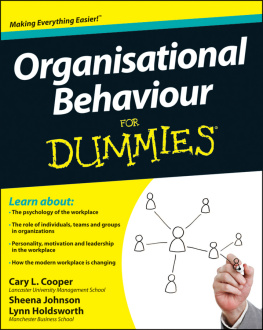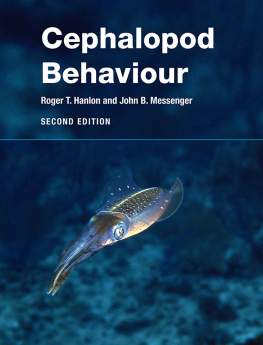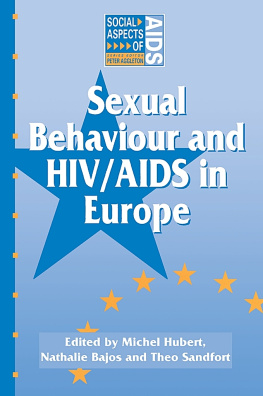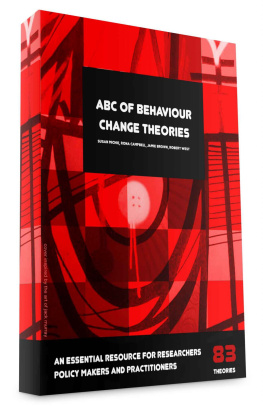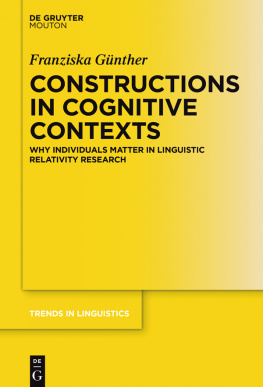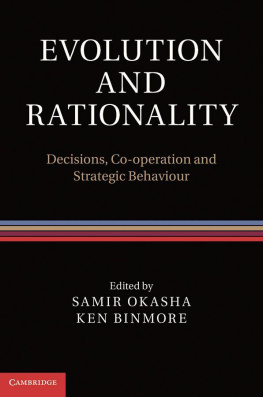Dog Behaviour, Evolution, and Cognition
Dog Behaviour, Evolution, and Cognition
Second edition
dm Miklsi
Department of Ethology, Etvs University, Budapest


Great Clarendon Street, Oxford, OX2 6DP,
United Kingdom
Oxford University Press is a department of the University of Oxford. It furthers the Universitys objective of excellence in research, scholarship, and education by publishing worldwide. Oxford is a registered trade mark of Oxford University Press in the UK and in certain other countries
dm Miklsi 2015
The moral rights of the author have been asserted
First Edition published in 2007
Second Edition published in 2015
Impression: 1
All rights reserved. No part of this publication may be reproduced, stored in a retrieval system, or transmitted, in any form or by any means, without the prior permission in writing of Oxford University Press, or as expressly permitted by law, by licence or under terms agreed with the appropriate reprographics rights organization. Enquiries concerning reproduction outside the scope of the above should be sent to the Rights Department, Oxford University Press, at the address above
You must not circulate this work in any other form and you must impose this same condition on any acquirer
Published in the United States of America by Oxford University Press 198 Madison Avenue, New York, NY 10016, United States of America
British Library Cataloguing in Publication Data
Data available
Library of Congress Control Number: 2014939575
ISBN 9780191045721
Printed and bound by
CPI Group (UK) Ltd, Croydon, CR0 4YY
Links to third party websites are provided by Oxford in good faith and for information only. Oxford disclaims any responsibility for the materials contained in any third party website referenced in this work.
Dedication
To my mother and father who have always believed that I could do it, and to Zsuzsanka, Betty, and Gerg, who made doing it possible.
Foreword to the second edition
I was not sure whether I should laugh or cry when my Commissioning Editor Ian Sherman from Oxford University Press asked me to prepare the book for a second edition. Now I know, and now I also understand that there is only one thing harder than writing a new reference bookthat is writing the second edition.
Our field of canine science has passed a phase of explosion. I still remember hunting for published articles on one or other specific topics in 2005 to 2007, and now there are many more than could fit in this volume. I am grateful to the publisher for allowing me to extend the book by more than 40%. As the days of writing went by I had to realize that this second edition would be more than just an updated version, and slowly it became a new book on its own rightwith all the risks involved!
I would like to thank to Marco Adda, Simona Cafazzo, Claudia Fugazza, Bernadett Miklsi, Alessia Ortolani, and the Shellshear Museum for allowing me to publish some of their photographs. I would like to thank Sylvian Fiset and Borbla Turcsn for sharing some unpublished data. I am also grateful to many people who not only read the first edition but also sent me comments for improvement, especially Harold Gale.
I could have not written this book without the enthusiastic support of my colleagues (Tams Farag, Mrta Gcsi, Enik Kubinyi, Gabriella Lakatos, Pter Pongrcz, Jzsef Topl, Borka Bereczky) at the department, who also took the time to read and comment on the chapters of this edition. This of course does not relieve me from any errors in the book. The team, Lucy Nash and Victoria Mortimer, at Oxford helped a lot in ensuring a smooth publishing process, and Janet Walker was the most emphatic editor of English language I could have. During the preparation and writing of this book my research was supported by among others the Hungarian Research Fund (OTKA), by the Hungarian Academy of Sciences (013) and 7th European Framework Program (Lirec).
I am grateful also to my wife and children who did not complain (too much) if they saw me staring at the laptop and not speaking too much for some days.
If the writing of the third edition will be even harder to do then this volume has achieved its goal.
Budapest, 15th July 2014
dm Miklsi
Prologue to the first edition
Comparare necesse est
In 1994, after some discussion, we decided to clear our laboratories of the aquaria that had been in use for many years in a research programme on the ethology of learning in the paradise fish (). To be honest, the exact reason for this move at that time was not exactly clear to me, but I felt little regret in saying goodbye as we were the only laboratory studying learning processes associated with anti-predator behaviour in this tiny East Asian labyrinth fish.
However, the idea of approaching doghuman social interactions from an ethological perspective did not seem to be much of an improvement; literature on the subject was simply non-existent. Thus my colleague and friend Jzsef Topl and I were more than a little uncertain about our future when Professor Vilmos Csnyi, the head of the department at that time, began to argue enthusiastically that the study of dog behaviour in the human social context could be very important in understanding cognitive evolution, with many parallels to human behaviour (). We listened to hundreds of casual observations of doghuman interaction (many people would call these anecdotes), and it seemed that we would be asked to provide an observational and experimental background to these ideas. Csnyi pointed out that in order to be successful in the social world of human beings, dogs had to achieve some sort of social understanding, and very likely this came about in course of their evolution. Accordingly, the social skills of dogs could be set in parallel with corresponding social skills in early humans. I do not know what exactly Jzsef thought about all this, but at least he owned a dog. I did not.
The light began to dawn when Karin Grossman, a famous German child psychologist, introduced us to Ainsworths Strange Situation Test, which is used to describe the pattern of attachment in children. Watching the videos on how children behaved when a stranger entered the observation room or when their mother left caused us to realize that dogs might behave in just the same way!
Two years passed before we published our first study on the behavioural analysis of doghuman relationships based on the Strange Situation Test in the Journal of Comparative Psychology, but we trace back the beginnings of our research focusing on looking for behavioural parallels between dogs and humans to that moment.
Actually, the idea of behavioural similarity between humans and dogs was not novel at all. ) devoted a considerable part of their work to human and dog parallels. For example, their last chapter begins: [t]hese facts suggest a hypothesis: the genetic consequences of civilized living should be intensified in the dog, and therefore the dog should give us some idea of the genetic future of mankind . In retrospect, it is interesting that although the achievements of their research group have always been recognized at the highest level, these conclusions were neither debated nor praised (nor, more importantly, followed up in research). However, one point is important: although Scott and Fuller realized the special social status of dogs in human groups in their behavioural work, they emphasized parallels between the dog puppy and the human child. By contrast, our aim was to provide an evolutionary framework that hypothesizes behavioural convergence between the two species. Accordingly, we argued that evolutionary selective pressures for dogs might have moulded their behaviour in such a way that it became compatible with human behaviour.
Next page

